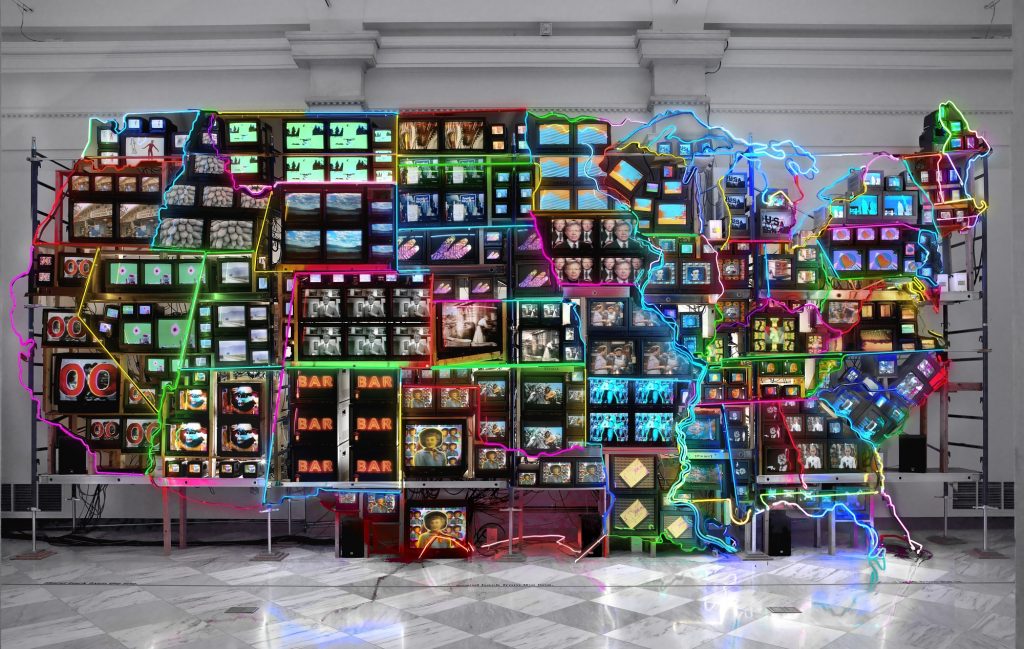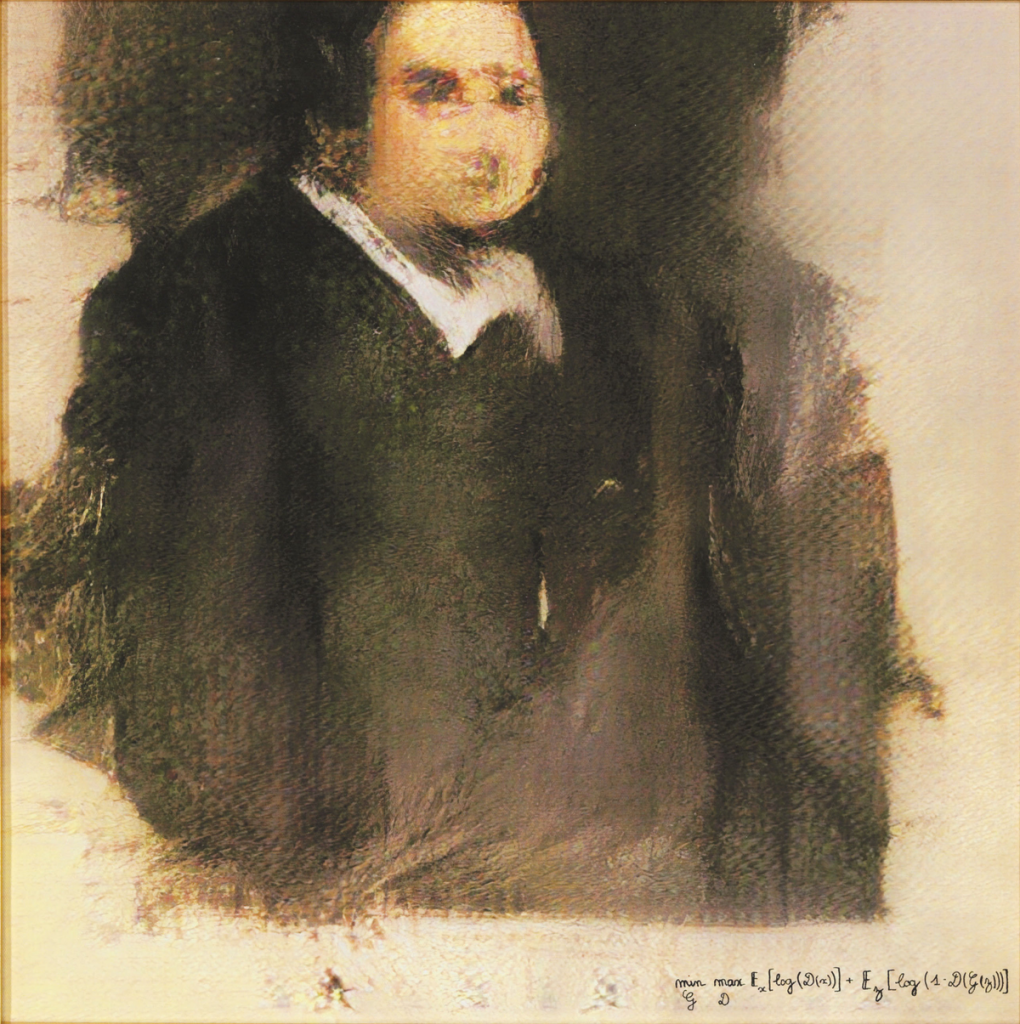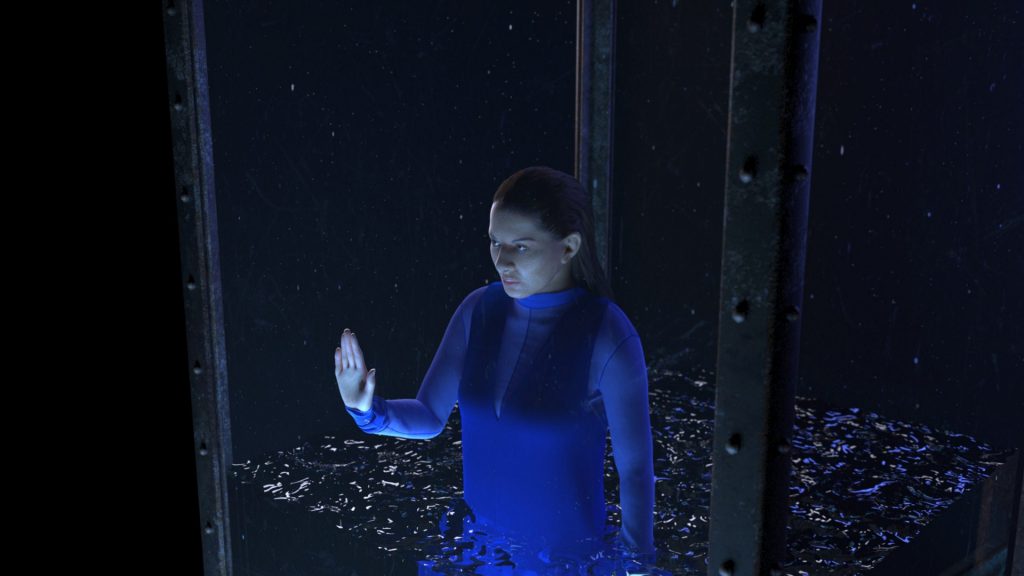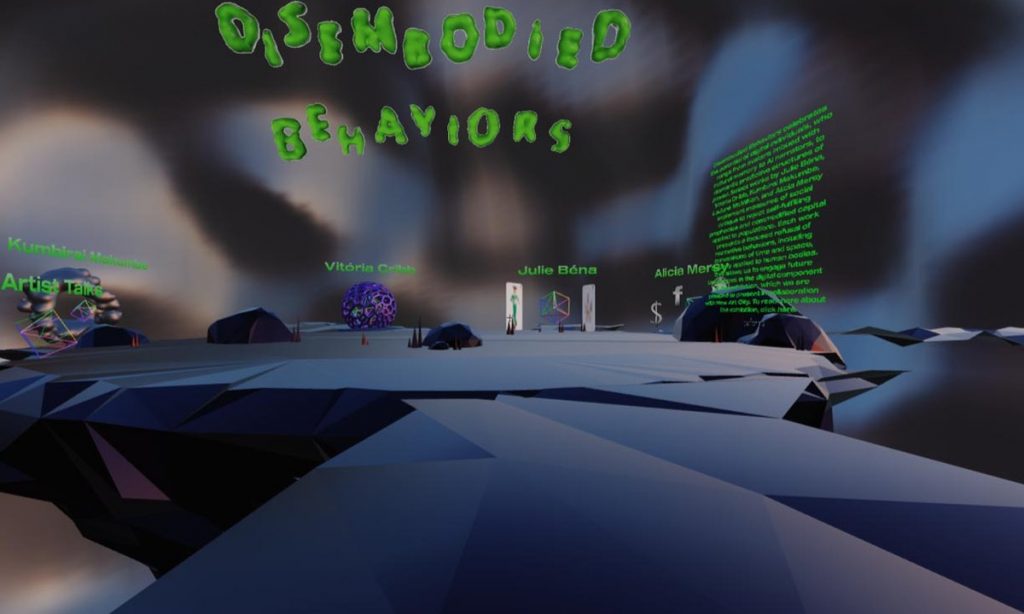The Artvisor Guide to Digital Art: New Directions
Published in three separate instalments, the Artvisor Guide to Digital Art provides an insight into the history of digital art, from its origins to today. We have taken a chronological approach to take art enthusiasts and collectors on a journey to better understand the development of digital art from the 1960s up to the most recent trends. You are reading the second instalment of the series, New Directions.
In 1974, Nam June Paik, a pioneer in video and digital art, coined the term ‘electronic superhighway’ to describe the endless stream of information that technology could make easily accessible. He had, in essence, predicted the internet two decades before its genesis and the limitless possibilities it offered society and art. Paik started working in the 1960s when new technologies such as TVs were first commercialised but were being met with apprehension from the public. Optimistic about the possibilities of technology and hoping to make it approachable to a broader audience, Paik utilised TVs and cameras to create his installations. His works showcased technology’s potential in connecting the world, such as his 1988 satellite broadcast Wrap around the World, which aired in 10 countries to over 50 million viewers. Digital art today comes in various forms, from digital sculpture and interactive digital installations to internet art and virtual reality. The broadness of this category indicates how much the field has grown since the 1960s, when it was referred to as ‘computer art’. Though the technology involved in making early computer artworks seems archaic now, it was significant in paving the way for the wider acceptance of digital art by critics and artists alike.

Early pioneers of digital art were not just artists but also engineers, computer scientists, and mathematicians, who took their fascination with new technologies to challenge traditional standards of ‘Art’. Computers have captivated many since their advent, as they encapsulated limitless possibilities for innovation. The rapid advancement of technology and computer science, and Paik’s experimentation with it, are the main reasons for digital art’s growth over the past 60 years. Paik had anticipated how technological innovations would alter the production of art, inspiring generations of artists to turn to video. The production of handheld Portapak cameras made video an accessible medium to most, leading Paik to confidently declare that anyone could make and share videos in the future. The accessibility and functionality of Portapaks gave artists a new mode of expression and ample room to experiment. Women artists, such as Joan Jonas and Pipilotti Rist, came to dominate video art, which was a new and separate medium from those historically dominated by men, such as painting and sculpture. Hence, video art demonstrated how the more egalitarian nature of digital forms rendered marginalized groups visible.

At present, using computers, laptops, tablets and various computer software to create art has become so common that computer art has evolved from a novelty to the norm, as artists appropriate innovations and re-invent traditional aesthetic standards. Contemporary AI art, descended from almost half a century’s history of artist-engineers devising algorithms to create their works, had a surge in popularity in recent years following revelations in machine learning. One of the most crucial breakthroughs was the GAN, a neural network that could be trained to ‘create’ new images. It was employed in Portrait of Edmond de Belamy (2018), the first AI-generated artwork sold by Christie’s, selling for $432,500. This event, which proved to be a massive commercial success, is evidence of a growing interest in AI’s potential as a new tool to expand the limits of human creativity. The 2016 release of the Oculus Rift VR headset provided artists with another exciting new medium to explore. Renowned artists have turned to VR to express contemporary concerns in novel ways. In Rising by Marina Abramović, a realistic avatar of the artist slowly drowns inside a glass tank, becoming a provocative allegory of climate change as the viewer is tasked to ‘save’ her and our planet. Exhibited alongside Rising at Art Basel 2018 was Anish Kapoor’s Into Yourself, Fall, which explores VR’s manipulation of bodily sensations by simulating the act of free-falling, thus showing how VR can conceive new ways of experiencing art. With all these possibilities, it will be interesting to see how the burgeoning fields of AI and VR art will develop conceptually and aesthetically in the future.

With the pandemic forcing galleries worldwide to close, VR and AR have allowed art to be exhibited and viewed virtually, connecting artists to their audiences on a global scale. Large museums such as the Metropolitan Museum of Art have implemented VR, granting access to their extensive collection and providing different ways of viewing and learning about these works. Furthermore, the pandemic fostered the creation of virtual art platforms, which utilize VR to distribute art. These generate new spaces more fitting for the display of digital art. For example, New Art City is dedicated to online-only, web-based exhibitions, while platforms like Eazel work with galleries to host virtual displays that complement physical collections. Virtual platforms are also helpful, if not necessary, in displaying NFTs—Eazel has worked with White Cube Hong Kong to use VR to showcase NFT works alongside the physical results, with the VR exhibition providing extra information about the art.

As digital art continues to transcend traditional physical and artistic boundaries, art increasingly lives in shared virtual spaces, straddling the divide between the formerly exclusive gallery scene and democratic online art platforms. With most of these technologies still in their infancy, it remains to be seen how artists and institutions will experiment with them to push the art world in new, uncharted directions. One of the biggest debates regarding the digitalisation of art happening today is the question of NFTs.
Our next instalment in the Artvisor Guide to Digital Art will tackle the problem of NFTs, demystifying how they work and looking at whether they are a passing phenomenon or whether they are in fact here to stay.